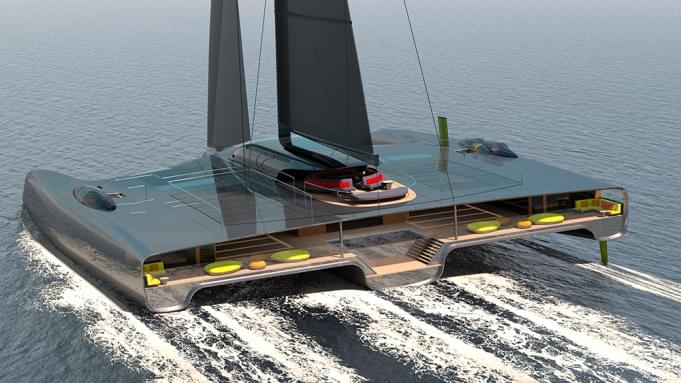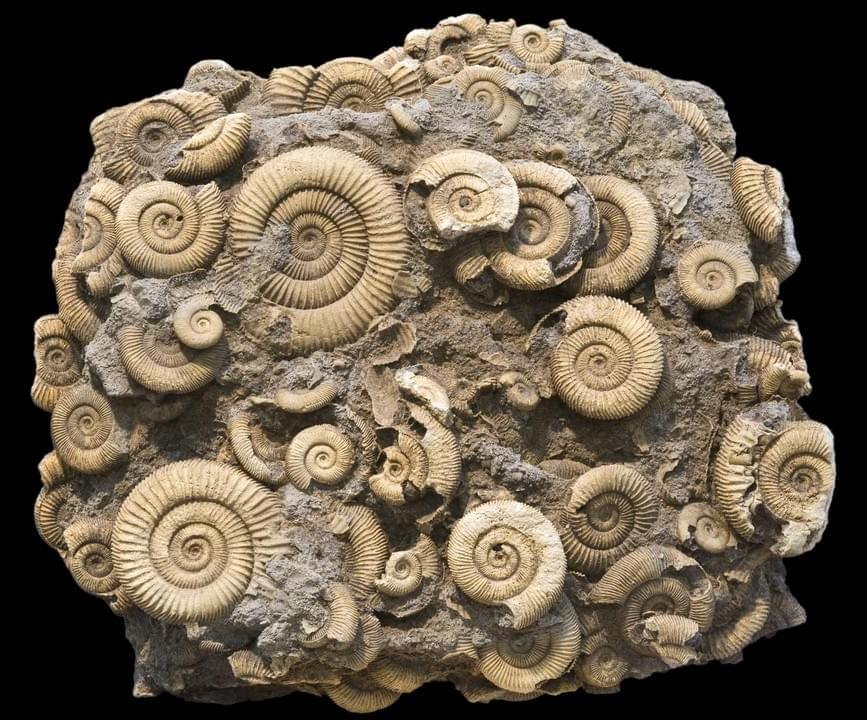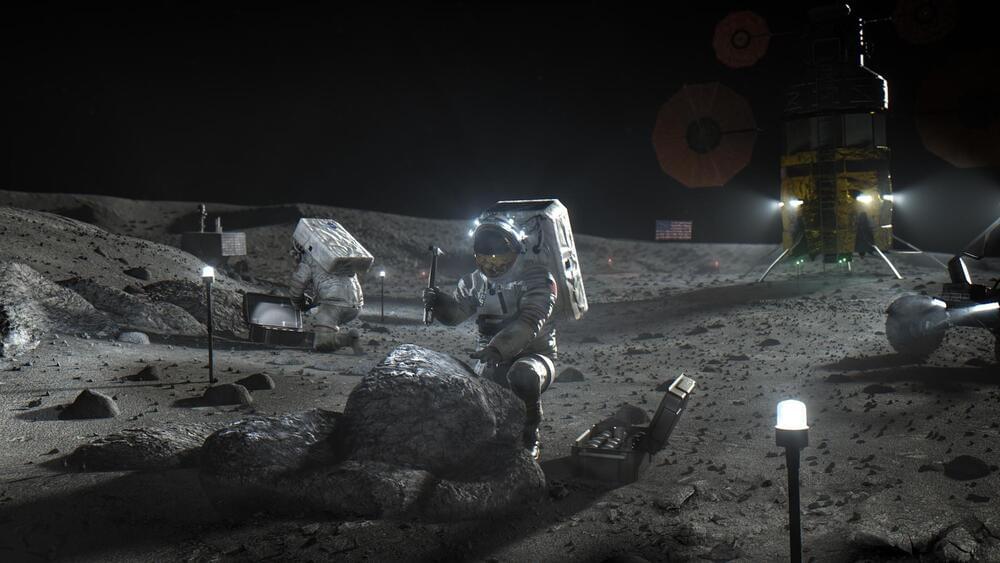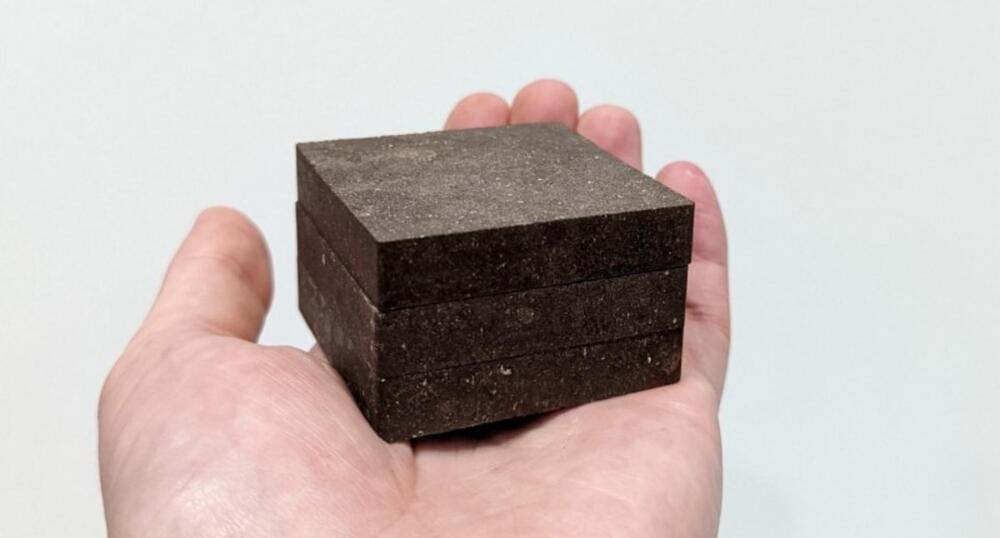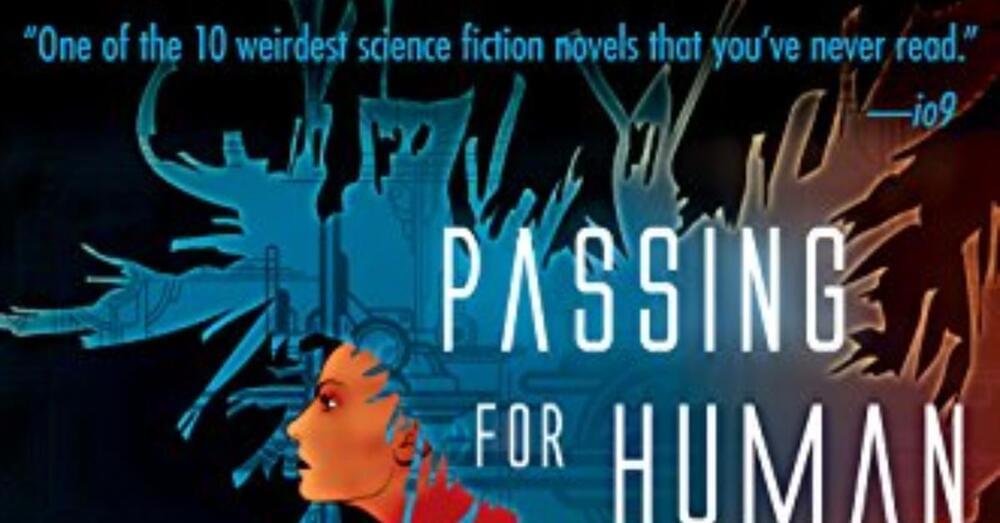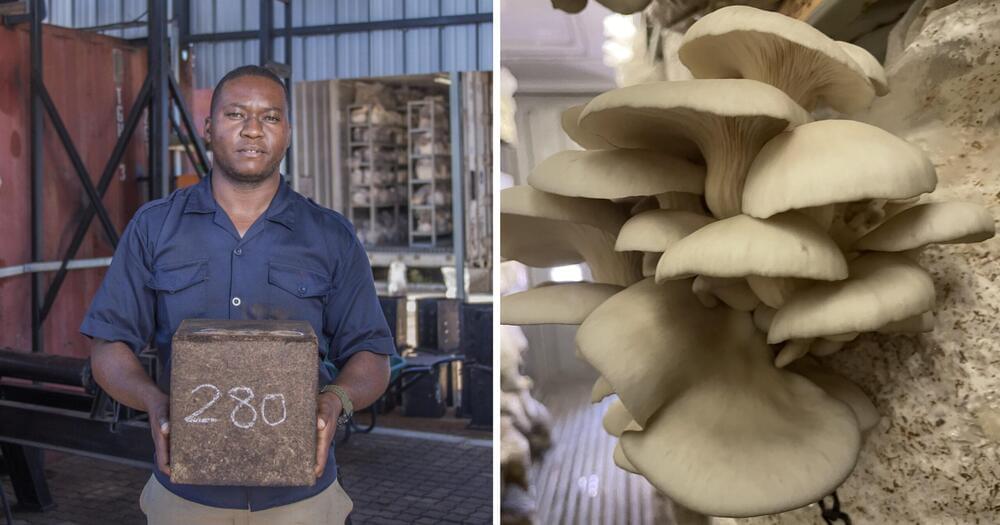People around the globe are so dependent on the internet to exercise socioeconomic human rights such as education, health care, work, and housing that online access must now be considered a basic human right, a new study reveals.
Particularly in developing countries, internet access can make the difference between people receiving an education, staying healthy, finding a home, and securing employment—or not.
Even if people have offline opportunities, such as accessing social security schemes or finding housing, they are at a comparative disadvantage to those with Internet access.

